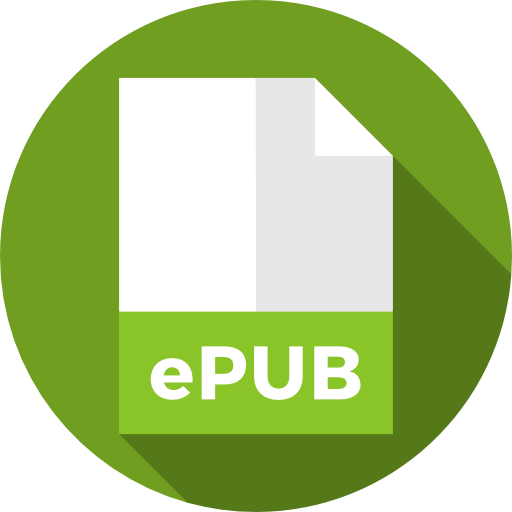
An International Publisher for Academic and Scientific Journals
Author Login
Scholars Academic Journal of Biosciences | Volume-13 | Issue-08
Gene Editing at the Crossroads of Biochemistry and Biotechnology Exploring the Molecular Precision and Therapeutic Potential of CRISPR and Beyond
Mariam, Safa Maryam, Md Mehedi Hasan, Masooma Haider, Gulshan Asghar, Muhammad Adnan Qadar, Romesa Zafar
Published: Aug. 5, 2025 |
260
269
Pages: 1067-1078
Downloads
Abstract
At the front edge of contemporary research, gene editing connects the complex fields of biochemistry and biotechnology. This review paper explores the molecular mechanics, biochemical precision, and ground-breaking therapeutic development applications of CRISPR and other new gene-editing tools, highlighting their transformational influence. Starting with the fundamental understanding of CRISPR-Cas systems, the review focuses on how developments in enzymology and structural biology have shed light on the exact interactions that control target identification and cleavage. We look at how these instruments have quickly progressed from simple bacterial defense mechanisms to programmable genome-editing tools with unmatched diversity and specificity. The study also examines next-generation methods, including as base editing, prime editing, and epigenome editing, highlighting their improved safety profiles and biochemical enhancements. Additionally examined is the intersection of gene editing, omics, and AI, which opens up new avenues for precision medicine, diagnostics, and disease modeling. The therapeutic promise of gene editing in treating infectious illnesses, cancer, and genetic abnormalities is emphasized, along with important issues including delivery methods, off-target consequences, and ethical issues. Furthermore, it is explored how biochemical breakthroughs are enhancing editing fidelity, transport vectors, and enzyme engineering, demonstrating how these developments are influencing the direction of clinical applications in the future. The study also examines next-generation methods, including as base editing, prime editing, and epigenome editing, highlighting their improved safety profiles and biochemical enhancements. Additionally examined is the intersection of gene editing, omics, and AI, which opens up new avenues for precision medicine, diagnostics, and disease modeling. The therapeutic promise of gene editing in treating infectious illnesses, cancer, and


